Celebrate New Year’s in Japan Like a Local
Every New Year season in Japan, you will hear people say “akemashite omedeto gozaimasu” (明けましておめでとうございます, literally, opening congratulations). It’s a mouthful to say, but thankfully it’s not the greeting we are stuck with all year. It only comes around once, but it’s probably the most celebratory one.
The Japanese go all out for the New Year’s celebration. Most city folk will disappear and return to their hometown to “pass” (kosu, 越す) the new year with family and relatives. For most, the celebrations start on New Year’s Eve, or oomisoka (大みそか), queuing at shrines and temples to pay homage for another year of safety and health. As it’s impossible to not feel the cold while standing in line, the queuers sip amazake (甘酒) to ward off the frostbite. Amazake literally means “sweet booze” and it is exactly that. I’ve been told that the alcohol content is so low we can even let small humans have a taste. It was originally served on girls’ day, or hinamatsuri (ひな祭り). I’ll elaborate on that in the spring.
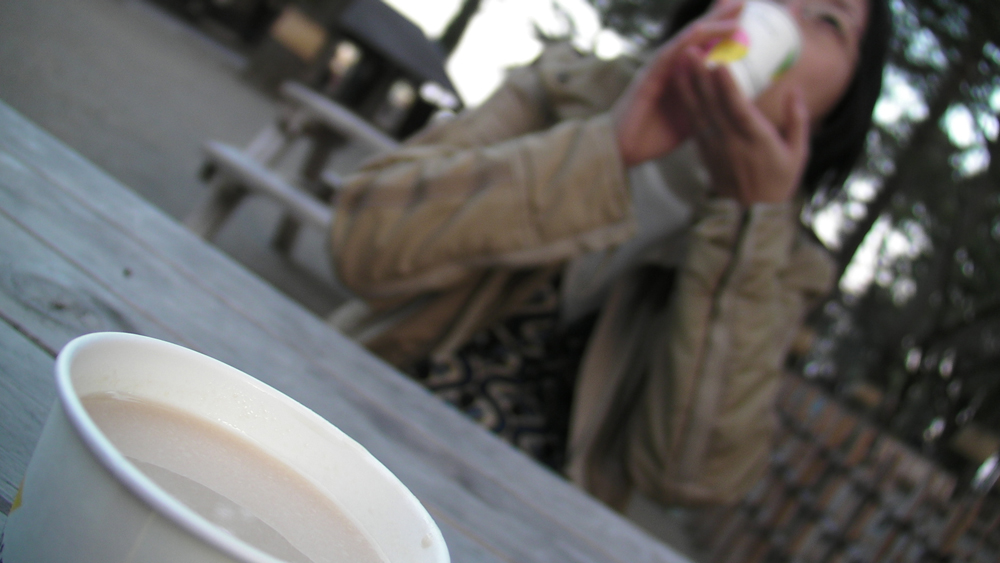
New Year’s morning may be the only day of the year where Japanese people don’t insist on eating breakfast, but instead, start the new year with an otoso (お屠蘇), a spiced sake claimed to have medicinal benefits.
Following the warming otoso is a meal like no other, called osechi (おせち). Before this era of convenience, the women of the house—mothers, daughters, grandmothers and aunts—slaved around the stove (pre-New Year’s) to deliver food worthy of the New Year god, Toshigami (年神) and enough for three days of celebration for the whole family.

The Toshigami is believed to visit each home during the new year period and dine with the families. Allegedly the Toshigami feeds off of what you get between your sticks, just through the other end of the chopsticks, which is why we are not allowed to pick up food with the other side.
If you’ve never had an osechi experience, I recommend you get your local Japanese friends around and try the boxed variety. They can help guide you through the food maze of the box. The delicacies range from simple to spectacular, but are without fail pleasing to the eyes. The array of colors, tastes, textures and shapes is truly something special. Each of the foods in the osechi box has a unique meaning, and sometimes even history.
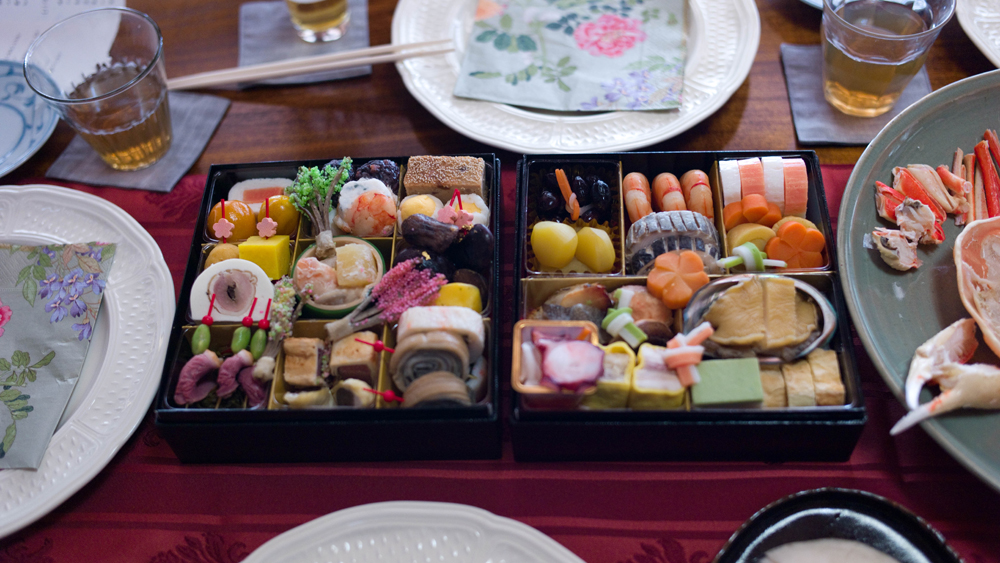
For example, my all time favorite, kamaboko (蒲鉾, a fishcake), holds the meaning “sunrise,” or in Japanese, hinode (日の出) because it looks—vaguely at best—like a fishy sun rising.
Another example is the ebi (えび), or shrimp. The long feelers and curved backs symbolize longevity and it is believed to bring you happiness.
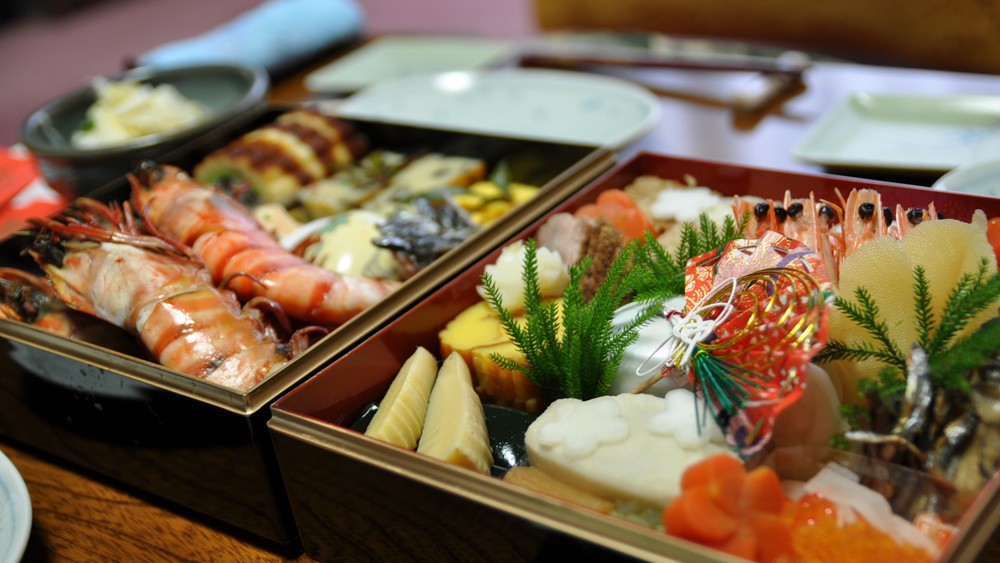
After filling up on osechi the family often close the meals with ozoni (お雑煮) or oshiruko (おしるこ), also known as zenzai (ぜんざい). Ozoni is a play on chicken soup but with tones of luxury. The main event of the luxury soup is the mochi (餅). Toasted and melting in the soup is the softest, fluffiest rice cake you’ll ever have. I’ve heard that the preparation varies greatly depending on both household and region. For instance, in the Kansai (関西) region, the star of the dish is round, unlike Kanto’s (関東) rectangles. I was raised, for most of my life, in Kanto so I had the rectangular mochi with yuzu (柚子, a Japanesw citrus fruit) adorning the garnish region like a star on top of a Christmas tree.
As you can tell, I love ozoni. So much that I almost forgot about poor oshiruko. Oshiruko is basically a dessert soup consisting of watered-down sweet bean paste with mochi. I have to stop right there. No love for oshiruko.
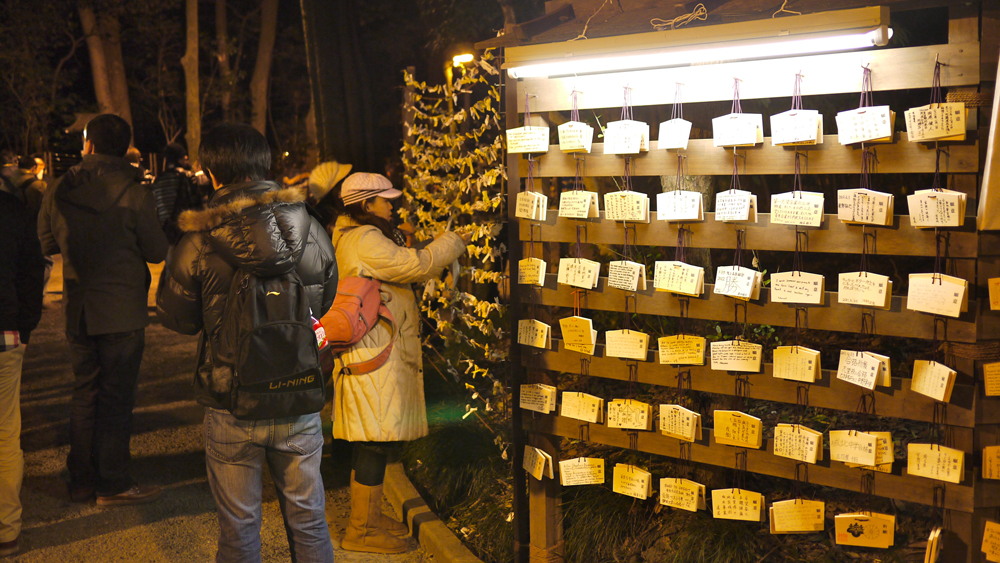
To be honest, as I mentioned in my Japanese funeral article, every household has their own family traditions and it’s best to follow their lead, especially if you’re trying to impress. Just don’t stab your chopsticks into the bowl of rice or take food from another person’s chopsticks.
Have a very happy New Year! And don’t forget to try osechi.














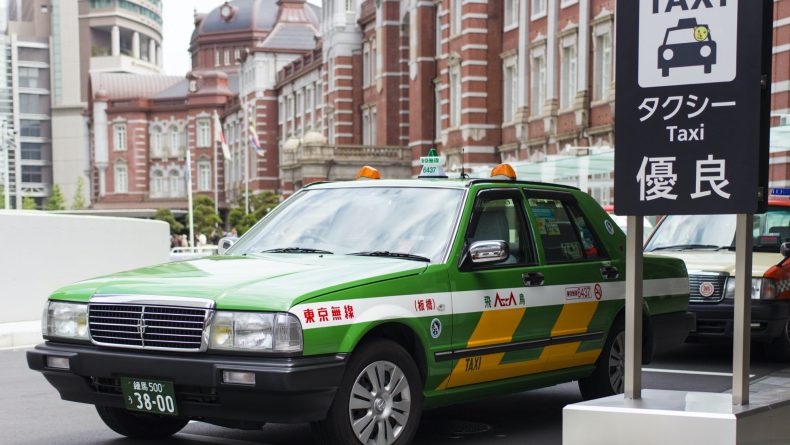
Leave a Reply